Local Artist Pat Perkerson Donates to the ReStore Silent Auction
By Alex Cox
Here at the ReStore, we always try to showcase a diverse selection of unique and rare items in our bi-weekly Silent Auction, and this week we’d like mention a particular artist who donated generously to the current auction selection.
We are grateful to Pat Perkerson for donating a large amount of her personal artwork. Pieces range from paintings and collages to sculptures and pottery. These items are currently open to bidding, and this Silent Auction ends Wednesday, April 19th at 2 pm.
About the Artist:
Pat was born in what is now Zimbabwe, and has lived in England, Australia, and the Middle East. She now resides permanently in Asheville, but her work often reflects the influence of her travels. She attended art school in Australia, and holds a B.A. in Theatre Arts from California State University, Chico. She has also worked in the fields of archaeological illustration and education.
Her work includes both two-dimensional pieces such as paintings, and three-dimensional ones such as sculptures and lifelike figures. She also creates porcelain dishes by hand which are painted and then protected with a food-safe glaze.
Pat’s work has sold internationally, but it is represented primarily at the Miya Gallery in Weaverville, N.C. and the Artist’s Coop in Laurens, S.C.
We couldn’t be more grateful for Pat’s generous donation of art for our auction!
If you have items that you’d like to donate, whether it’s your artwork or another kind of unique treasure, feel free to contact the ReStore at 828.254.6706. Proceeds from our Silent Auction, like all other ReStore proceeds, help fund Habitat’s construction of affordable housing in Buncombe County.
View Pat’s artwork below:
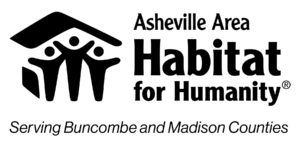
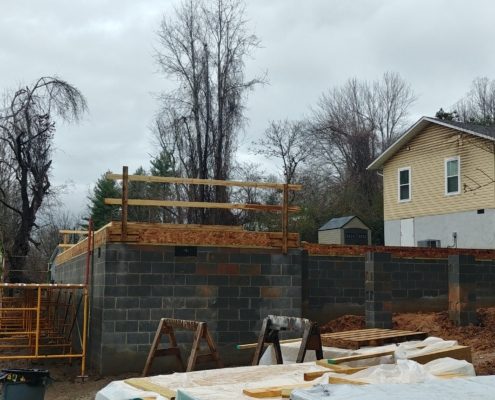

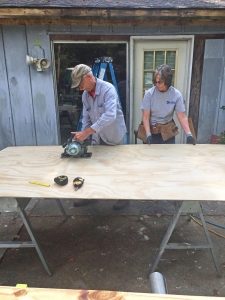

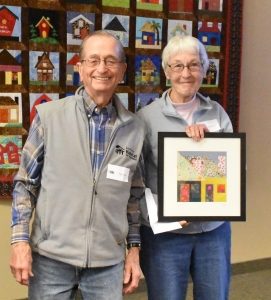
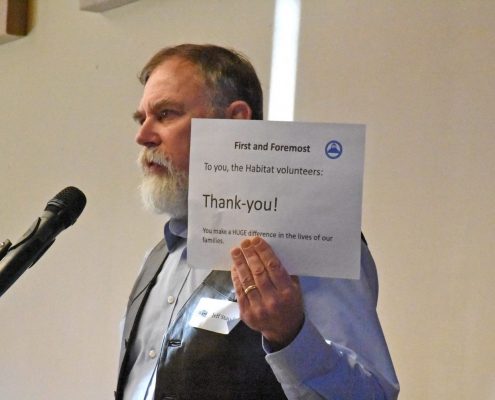 irector for the City of Asheville, who was able to put Habitat’s contributions into the larger affordable housing context. He expressed the City’s enthusiasm for Habitat’s upcoming higher density neighborhood in West Asheville (currently referred to as Cedar Hill). Staudinger also referenced statistics from the
irector for the City of Asheville, who was able to put Habitat’s contributions into the larger affordable housing context. He expressed the City’s enthusiasm for Habitat’s upcoming higher density neighborhood in West Asheville (currently referred to as Cedar Hill). Staudinger also referenced statistics from the 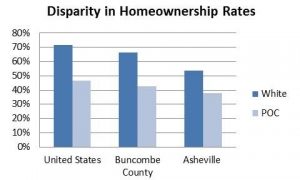
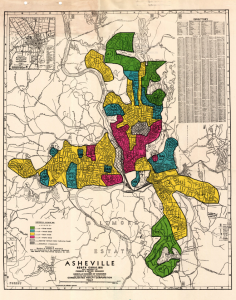
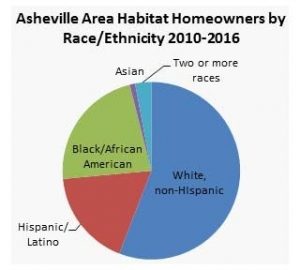 Habitat creates a way for households facing economic barriers to achieve homeownership and begin to close the wealth gap, but we can’t do it alone. To achieve equity in rates of homeownership nearly 3,000 additional households of color in Buncombe County will need the opportunity to become homeowners. To achieve this scale, we will need many more lenders to adopt policies that help households of color overcome historical barriers to mortgage loans. We need to grow housing and financial counseling opportunities to help aspiring homebuyers become “mortgage ready”. We need more affordable rental options and tenant advocacy so that renters have the stability needed to save and prepare for future ownership. Finally, we need home repair and foreclosure prevention assistance to help existing homeowners to remain at home. In short, it will take everyone committing to give our time, our financial support, and our voices to advance the dream of equality of opportunity for all our neighbors regardless of race.
Habitat creates a way for households facing economic barriers to achieve homeownership and begin to close the wealth gap, but we can’t do it alone. To achieve equity in rates of homeownership nearly 3,000 additional households of color in Buncombe County will need the opportunity to become homeowners. To achieve this scale, we will need many more lenders to adopt policies that help households of color overcome historical barriers to mortgage loans. We need to grow housing and financial counseling opportunities to help aspiring homebuyers become “mortgage ready”. We need more affordable rental options and tenant advocacy so that renters have the stability needed to save and prepare for future ownership. Finally, we need home repair and foreclosure prevention assistance to help existing homeowners to remain at home. In short, it will take everyone committing to give our time, our financial support, and our voices to advance the dream of equality of opportunity for all our neighbors regardless of race.